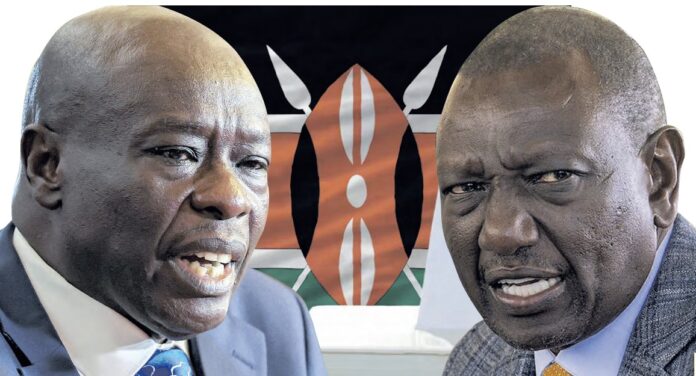MBEERE NORTH: The upcoming November 27 by-elections in Mbeere North and Malava have evolved beyond local contests into a critical stress test for Kenya’s shifting political landscape.
With the 2027 general election looming, these polls offer the first quantifiable data on President William Ruto’s standing in the Mt. Kenya region following the impeachment of former Deputy President Rigathi Gachagua.
The ballot features UDA’s Leonard Muriuki Wamuthende against the Democratic Party’s Newton Kariuki.
However, analysts are watching the heavyweights behind them.
The ruling UDA party is under immense pressure to assert dominance. Deputy President Kithure Kindiki has pitched camp in the region, signaling that the administration views this seat as a must-win to legitimize its current standing in Central Kenya.
Conversely, the opposition, galvanized by Gachagua, is using the by-election to measure anti-incumbency sentiment.
By backing the Democratic Party candidate, Gachagua is testing a hypothesis: that his ouster has created a vacuum of influence that Ruto cannot easily fill.
Both camps have committed significant resources to the final week of campaigning, employing intense ground-game tactics ranging from door-to-door mobilization to strategic acts of philanthropy.
The outcome will offer a binary forecast for 2027. A UDA victory stabilizes Ruto’s coalition and validates Kindiki’s influence.
A defeat, however, would energize the Gachagua axis, suggesting the President faces a steep uphill battle to retain the Mountain vote in the next cycle.

